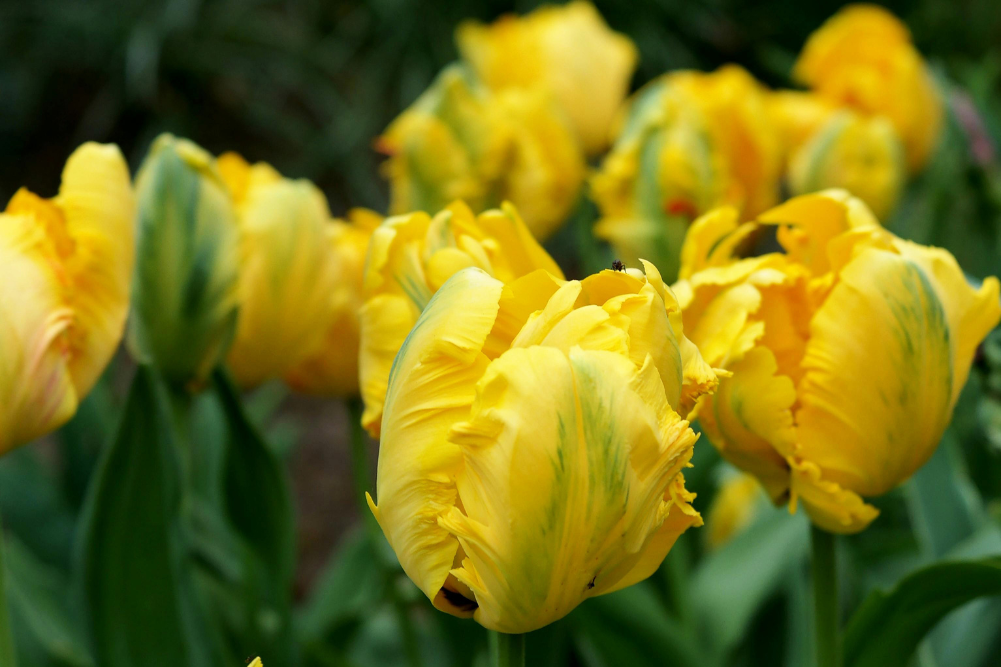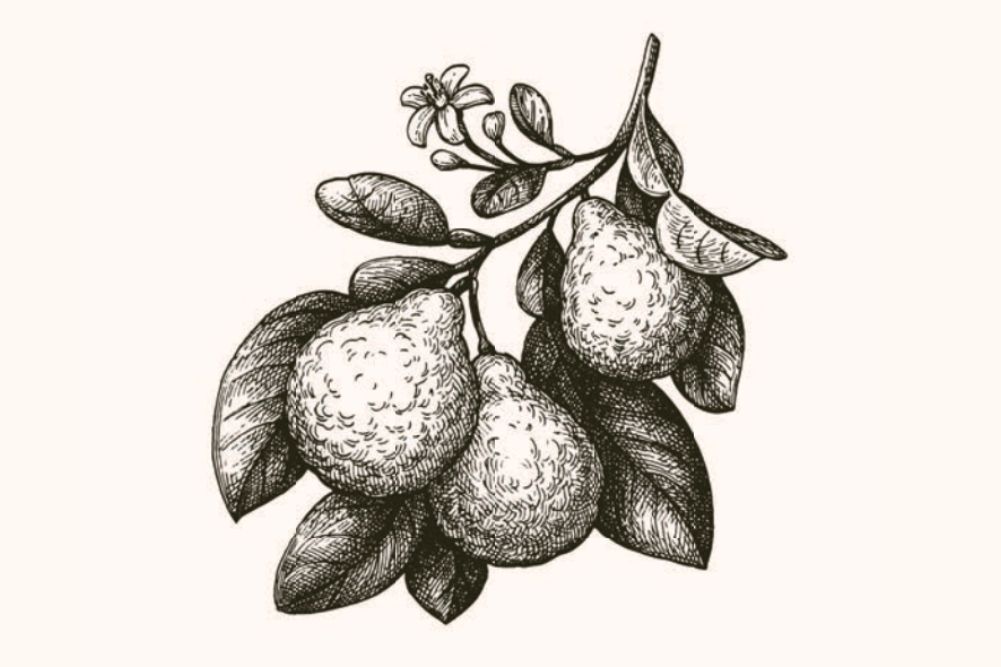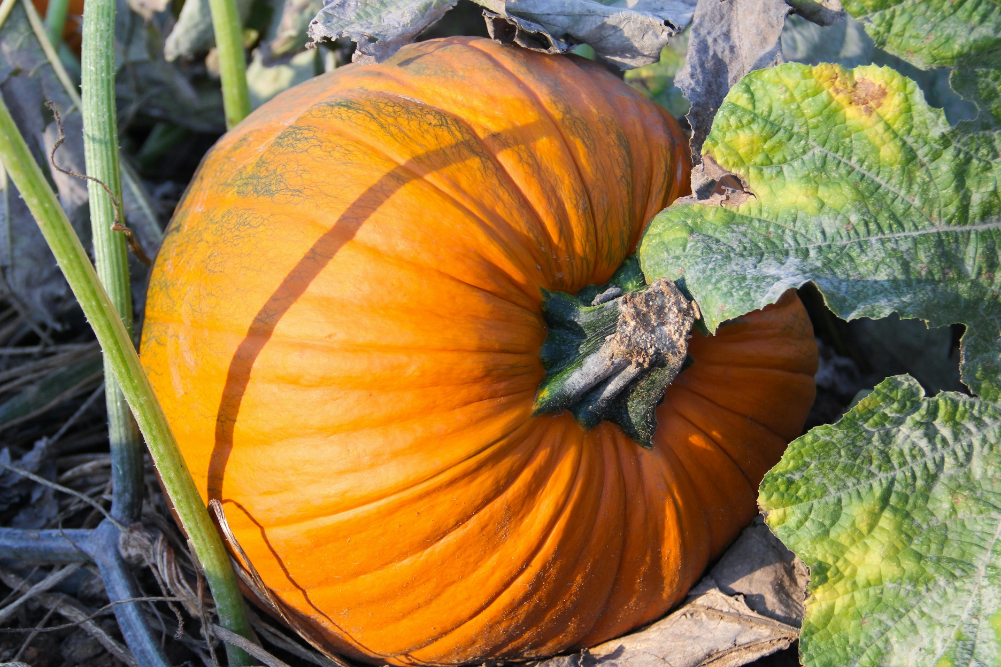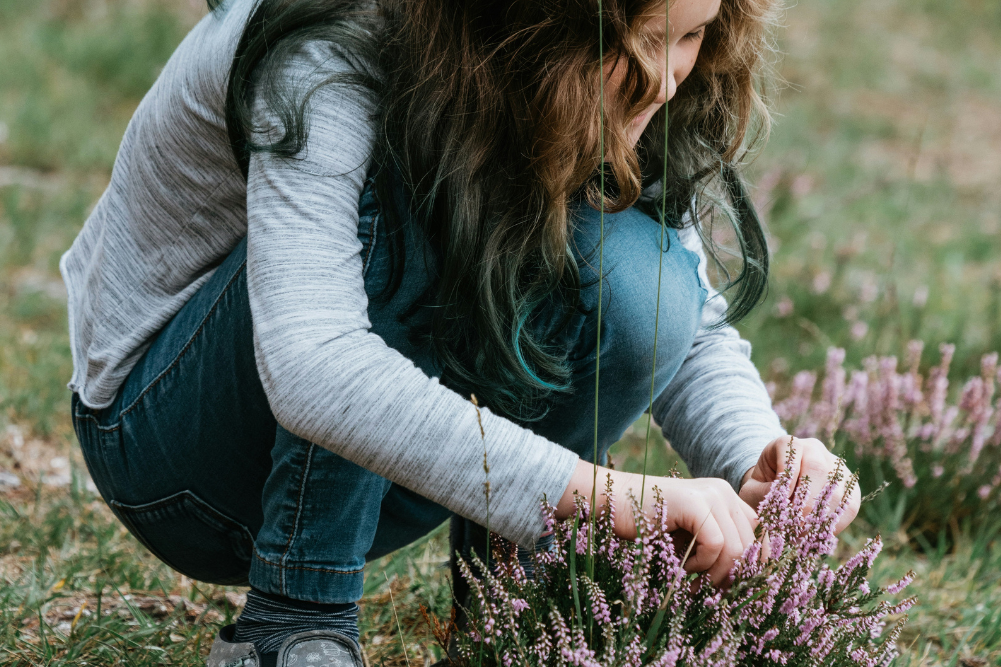How to grow garlic and greens
Garlic and greens for winter
Even though we are in the heat of mid-summer, the garden is baking (and so are you), so it’s time to start thinking about planting winter vegetables. Many winter vegetables won’t grow much if you plant them too early. Theoretically, you can plant a carrot in autumn but you will likely get a tiny carrot that goes to seed in spring instead of developing big, fat, luscious roots. So what do you plant now?
There’s still time for more tomatoes, zucchini and cucumber, so you have vigorous plants that will crop well as the weather cools down or to replace earlier plantings that succumb to powdery mildew. There’s time for another crop of potatoes, too. But the two real necessities for any homegrown veg lover are winter greens and garlic.
Cabbage-type greens such as bok choy, wok bok, cauliflower and Brussels sprouts taste more sulphurous when they’re grown and picked in hot or even warm weather, so they are best as a winter crop — sweet and crisp and wonderful. So this is the time to plant seeds and seedlings of your favourite winter greens: all those cabbage relatives, plus spinach, silverbeet, spring onions, frilly lettuces, Cos lettuce, masses of parsley and Italian parsley — just about any green that takes your fancy. I love frilly mitsuba and mizuna, too; perfect for winter salads.
My main challenge every autumn, though, is growing enough garlic. Somehow, no matter how much I plant, we never have quite enough, possibly because I cook the tender green tops in stirfries and use the immature garlic bulbs like slightly garlic-flavoured onions before they have time to develop papery segments. Garlic grows best with cool winters, hot summers and sunny, fertile, slightly alkaline soil, but basically any garden in Australia can grow garlic.
Plant cloves pointy end upward about 15cm apart in late summer in cool to temperate climates, though if you bung it in any time except mid-winter, when the cloves may rot before they sprout, you’ll still get a crop — the bulbs may just be smaller and uneven.
In hotter areas, chill garlic in the fridge for a month then plant it in mid-winter. Feed your garlic every month till it flowers — the better garlic is fed, the bigger your bulb will be.
Garlic is one crop that doesn’t like too much mulch, especially in humid areas where mulch right up next to the plants can cause them to rot. So too can undecomposed organic matter in the soil. Choose the sunniest, best drained spot in your garden for your garlic, though if you have hot, dry summers garlic can also be grown as a companion to flowers or even under roses and fruit trees. A vast amount of garlic, kept unharvested so the clumps get bigger and bigger every year, will eventually help control black spot on roses and curly leaf in peaches. But you need a lot of garlic, as well as years, to have any major effect on the soil.
The first bit of garlic plant you’ll see will be dull green leaf tips peeping out of the soil, followed by long, flat leaves, then a round stalk that will develop the giant flower head. In about five to seven months, when the stem is just starting to die back (don’t leave it till it’s quite withered, like onions), pull or dig the garlic bulb out of the ground, peel off the outer dirty layers of skin and leave it to dry on racks in a dry place for a few weeks till the leaves are papery. Then plait the leaves into braids or just hang your garlic in bundles till you want it.
By now you may be saying: why go to all that fuss when garlic is so cheap in the supermarket? I grow my own partly because I’m pretty sure supermarket garlic has been bleached to look paper white, possibly irradiated or otherwise treated to stop it sprouting and perhaps even treated with fungicide to stop it rotting. But the main reason for growing my own is it’s delicious.
Just like a homegrown tomato is nothing like a shop-bought one, a backyard bulb of garlic has an intensity as well as a subtlety of flavour you only get when your vegies come straight from the garden to the kitchen. Fresh garlic is sweet when you sauté it in olive oil or crush it into a salad or chop it onto your sliced tomatoes.
Baked garlic
Lightly oil an oven tray. Place bulbs of fresh garlic on it. Place in a moderate oven and bake for 1–2 hours, depending on the size of the bulbs. The garlic will be soft and sweet inside the paper wrapping. Eat hot or cold, spread on toast or good fresh bread with a slice of homegrown tomato on top.
Baked garlic & potatoes
Oil a casserole dish. Add 4 cloves of garlic per person and 1 large potato chopped into quarters per person. Put the lid on and cook slowly till the potatoes and garlic are tender. Dust with finely chopped parsley. I sometimes add a dash of lemon juice right at the end of cooking.
Garlic pasta
Seethe (saturate) three cloves of chopped garlic in 1 tbsp olive oil for each person. When the garlic is soft add 1 tbsp chopped parsley, 1 tbsp pine nuts and 1 tbsp currants per person and cook till the parsley is soft. While this is cooking, boil a handful of pasta per person. Drain when just soft; mix in the lovely garlicky combination, then add 1 tbsp grated parmesan per person. Serve hot. I sometimes add chilli to this, especially on a winter’s night, and it’s excellent with a handful of young rocket leaves or English spinach leaves or broccolini wilted in it at the very end.







